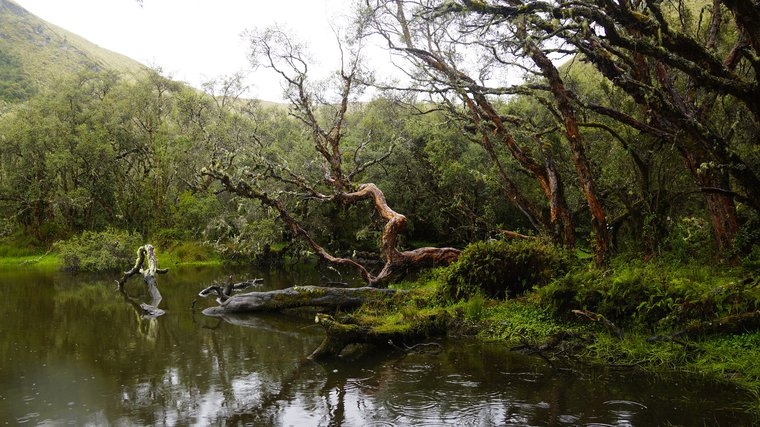Human rights are well established in constitutional and international law. But in the face of dangerous climate change and ecosystem collapse, do we need ‘rights of nature’?
 The Ecuadorian constitution protects the rights of nature PXhere/CC0
The Ecuadorian constitution protects the rights of nature PXhere/CC0
Brexit has triggered a near complete breakdown in parliamentary government as discord and chaos reign within and between parties, as well as between executive (government) and legislature (House of Commons). It has brought the legislative work of Parliament to a halt and exposed the abject failure of our uncodified constitution to protect our rights, challenge an over powerful executive, and give clear guidance in the face of political deadlock. The celebrated flexibility of our ‘unwritten constitution’where we “make up the rules as we go along” has led us up a blind alley, with seemingly no way back.
Brexit is a full blown constitutional crisis. But there is a convergence with another seemingly unrelated but greater crisis bearing down on us: dangerous climate breakdown. Climate change has moved from an abstraction presented in graphs and bar charts to the visible, anxious face of schoolchildren demanding why their parents’ generation and politicians have done nothing to protect their future and that of the planet. The School Strike for Climate and Extinction Rebellion movement have joined a well-established movement of climate change activism; and their message has been given added force by the most recent U.N. report which has warned us that we have only 12 years to avert climate catastrophe.
It is the intersection between these two crises which demands whole scale system change, not merely a change of government or incremental democratic reform. In short, a rapid transfer to a zero carbon economy must be accompanied by a constitutional revolution that entrenches ‘rights of nature’ at its heart. Is this possible?
Yes. Take Ecuador, for example. Its constitution states the following: MORE
RELATED:




